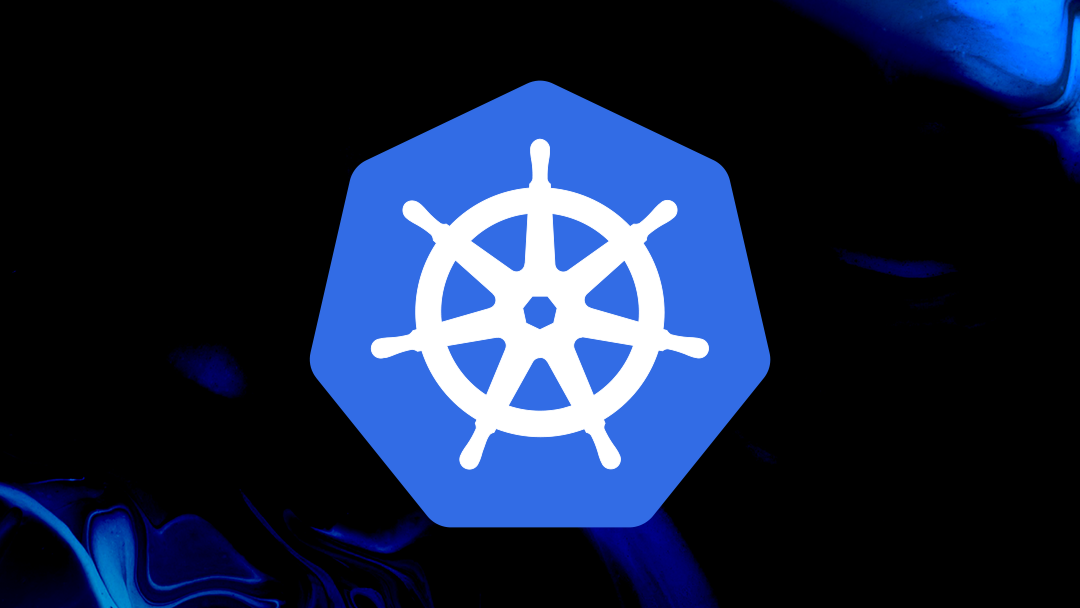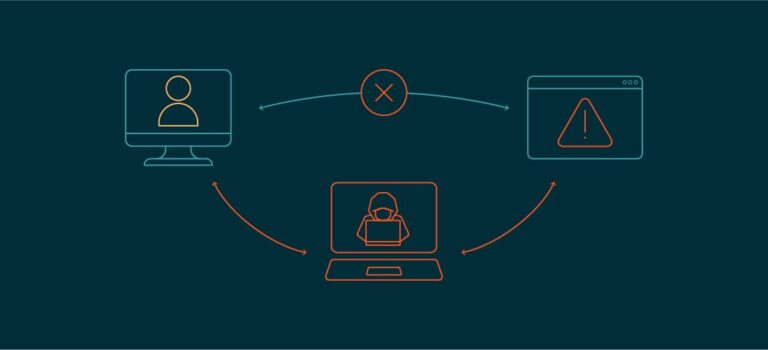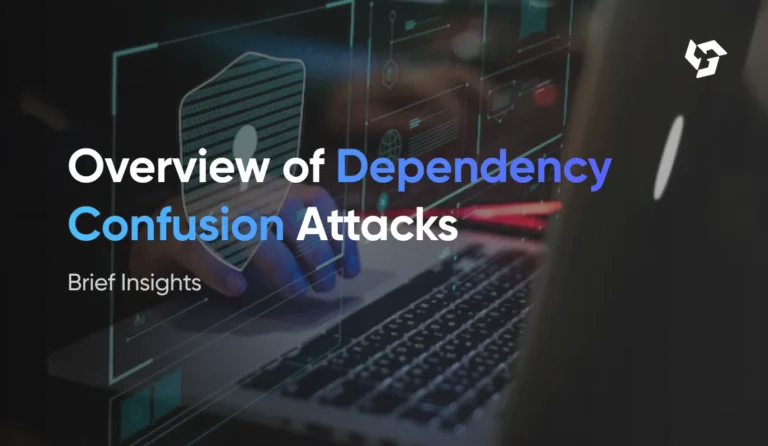Kubernetes Misconfigurations – Insecure Pod Deployments Expose Clusters
Introduction
Kubernetes has become the de facto standard for container orchestration, enabling organizations to deploy, scale, and manage containerized applications efficiently. However, with great power comes great responsibility—misconfigurations in Kubernetes, especially in pod deployments, can lead to severe security risks.
Insecure pod configurations can expose entire clusters to attacks, leading to data breaches, unauthorized access, and even complete system compromise. This blog explores common Kubernetes pod misconfigurations, their risks, and best practices to secure your deployments.
Table of Contents
- Understanding Kubernetes Pods and Their Security Implications
- Common Kubernetes Pod Misconfigurations
- Running Pods with Excessive Privileges
- Lack of Resource Limits (CPU/Memory)
- Improper Use of Service Accounts
- Host Network and PID Namespace Sharing
- Running Containers as Root
- Missing Pod Security Policies (PSP) or Pod Security Admission (PSA)
- Risks of Insecure Pod Deployments
- Container Breakouts & Privilege Escalation
- Denial of Service (DoS) Attacks
- Sensitive Data Exposure
- Cluster Takeover via Compromised Pods
- Best Practices to Secure Kubernetes Pods
- Implement Least Privilege Principle
- Use Pod Security Policies (PSP) or PSA
- Enable Network Policies
- Apply Resource Quotas
- Regularly Scan for Misconfigurations
- Tools to Detect and Fix Pod Misconfigurations
- Kube-bench
- Kube-hunter
- OPA Gatekeeper
- Trivy & Falco
- Real-World Case Studies of Kubernetes Pod Exploits
- Conclusion
1. Understanding Kubernetes Pods and Their Security Implications
A pod is the smallest deployable unit in Kubernetes, consisting of one or more containers sharing storage, network, and specifications. While pods provide flexibility, misconfigurations can lead to:
- Privilege escalation (containers gaining root access)
- Unauthorized access (exposed ports or services)
- Resource exhaustion (due to missing limits)
Security must be a priority from the pod deployment stage to prevent cluster-wide breaches.
2. Common Kubernetes Pod Misconfigurations
A. Running Pods with Excessive Privileges
Many pods run with unnecessary root privileges, allowing attackers to break out of containers.
Example of a dangerous pod spec:
yaml
Copy
Download
apiVersion: v1
kind: Pod
metadata:
name: insecure-pod
spec:
containers:
- name: nginx
image: nginx
securityContext:
privileged: true # Dangerous!
Fix: Avoid privileged: true and use readOnlyRootFilesystem: true.
B. Lack of Resource Limits (CPU/Memory)
Pods without resource limits can cause DoS attacks by consuming all cluster resources.
Example of a secure configuration:
yaml
Copy
Download
resources:
limits:
cpu: "500m"
memory: "512Mi"
requests:
cpu: "250m"
memory: "256Mi"
C. Improper Use of Service Accounts
Default service accounts with excessive permissions can be exploited.
Fix: Disable automounting:
yaml
Copy
Download
automountServiceAccountToken: false
D. Host Network and PID Namespace Sharing
Pods sharing the host network can spy on node traffic.
Risky configuration:
yaml
Copy
Download
hostNetwork: true hostPID: true
Fix: Avoid unless absolutely necessary.
E. Running Containers as Root
Running as root increases attack surface.
Fix: Use:
yaml
Copy
Download
securityContext: runAsNonRoot: true runAsUser: 1000
F. Missing Pod Security Policies (PSP) or Pod Security Admission (PSA)
Without PSP/PSA, pods can run with dangerous settings.
Solution: Enforce policies like:
yaml
Copy
Download
apiVersion: policy/v1beta1
kind: PodSecurityPolicy
metadata:
name: restricted
spec:
privileged: false
runAsUser:
rule: MustRunAsNonRoot
3. Risks of Insecure Pod Deployments
A. Container Breakouts & Privilege Escalation
Attackers can escape containers if pods run as privileged.
B. Denial of Service (DoS) Attacks
Unlimited resources can crash nodes.
C. Sensitive Data Exposure
Misconfigured pods may leak secrets or API keys.
D. Cluster Takeover via Compromised Pods
A single vulnerable pod can lead to full cluster compromise.
4. Best Practices to Secure Kubernetes Pods
✅ Apply Least Privilege Principle – Restrict permissions.
✅ Use Network Policies – Control pod-to-pod communication.
✅ Enable Audit Logging – Monitor suspicious activities.
✅ Scan Images for Vulnerabilities – Use Trivy or Clair.
✅ Enforce Pod Security Policies (PSP/PSA) – Restrict unsafe settings.
5. Tools to Detect and Fix Pod Misconfigurations
- Kube-bench – Checks for CIS Kubernetes benchmarks.
- Kube-hunter – Scans for exploitable vulnerabilities.
- OPA Gatekeeper – Enforces custom security policies.
- Falco – Runtime security monitoring.
6. Real-World Case Studies
- Tesla’s Kubernetes Misconfiguration (2018) – Exposed credentials due to unprotected pods.
- Hackers Exploiting Kubernetes API (2023) – Attackers used misconfigured pods for cryptojacking.
7. Conclusion
Kubernetes pod misconfigurations are a leading cause of cluster breaches. By following security best practices—such as enforcing least privilege, using PSPs, and scanning for vulnerabilities—you can significantly reduce risks.
Stay proactive, audit your deployments, and keep your Kubernetes clusters secure!






